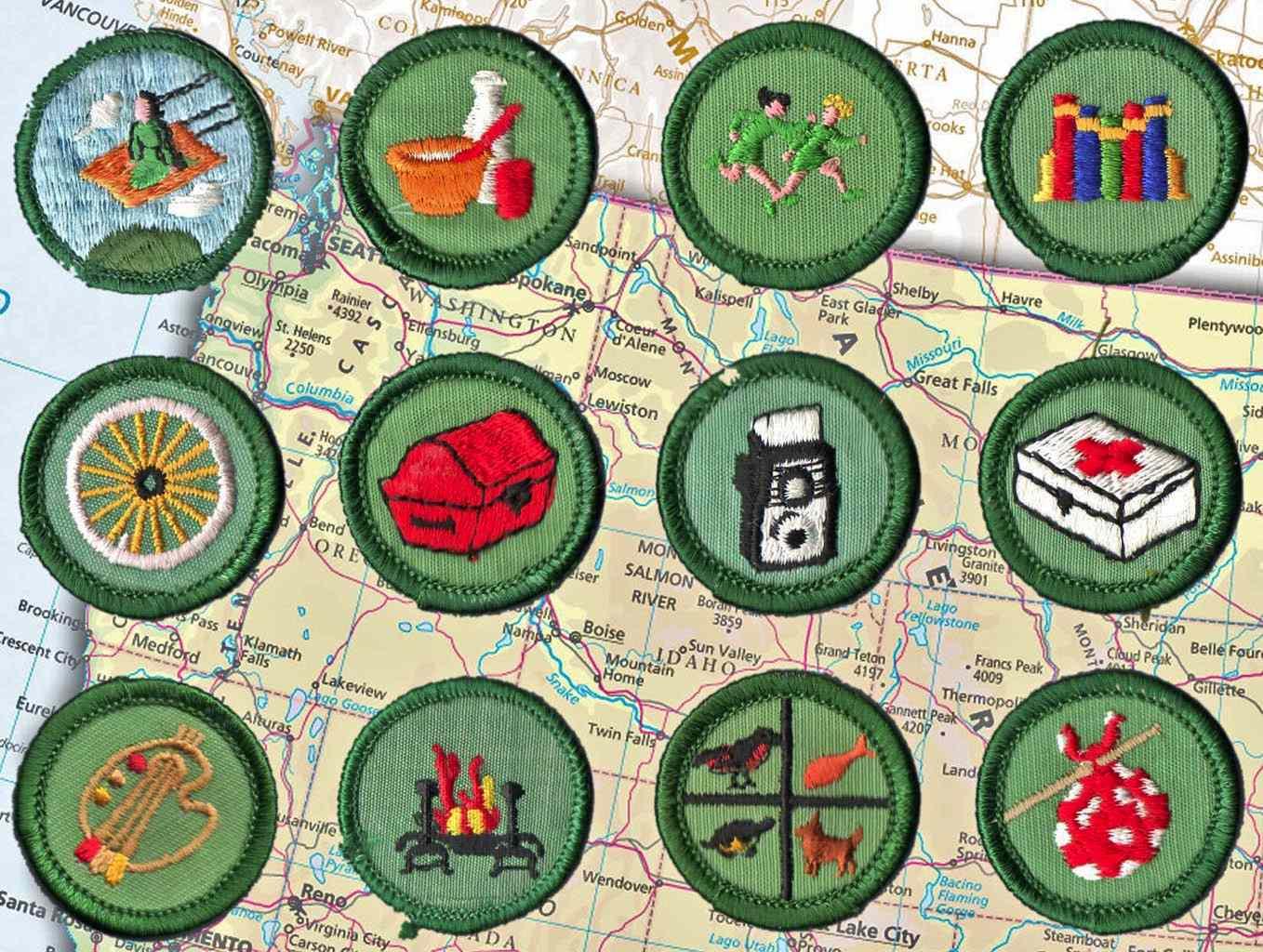Digital badges: How They Recognize Skills and Unlock Achievements in the Modern Era
In today’s hyper-connected world, proving your skills goes beyond traditional diplomas and paper certificates. Digital badges are emerging as powerful micro-credentials, providing a dynamic way to recognise, verify, and showcase achievements. Whether you’re a student, employee, or lifelong learner, understanding digital badges can open new doors and elevate your professional journey. in this article, we’ll delve into what digital badges are, how they work, their key benefits, and practical tips for making the most of them in the modern era.
What Are Digital badges?
Digital badges are online representations of skills, competencies, or achievements. Unlike traditional certificates, these badges are embedded with metadata that verify the criteria, issuer, recipient, and evidence of accomplishment. They provide a portable, shareable way to display skill acquisition on digital platforms such as LinkedIn, personal websites, and e-portfolios.
- Visual Appeal: Each badge is an image or icon, often customized, that captures the essence of a specific skill or achievement.
- Embedded Metadata: Clicking on a digital badge reveals detailed facts: what was learned, who issued the badge, and when it was earned.
- Verifiable: Employers and peers can instantly verify the authenticity and criteria of each badge, building trust and transparency.
How Digital Badges Recognise Skills
Digital badges unlock a new layer of skill recognition through various approaches:
- Micro-Credentials: Badges break down large qualifications into smaller, tangible achievements. Such as, instead of a generic “marketing certificate”, an individual can earn badges for SEO fundamentals, social media strategy, or content creation.
- Personalised Progression: Learners progress at their own pace, collecting badges that represent unique strengths and interests.
- Cross-Industry Relevance: Badges aren’t tied to one institution or platform—they’re portable and relevant across various industries and job roles.
Example Badge Pathway
- Introduction to Data Analysis → Intermediate Excel Skills → Advanced Data Visualisation → Data Analysis Project Completion
Each badge in this pathway demonstrates mastery of a specific skill,culminating in a project-backed achievement that employers value.
Key benefits of Digital Badges
Digital badges offer unique advantages over traditional credentials:
- Immediate Recognition: showcase achievements instantly on social media, job boards, and CVs.
- Detailed Validation: Metadata ensures every badge is traceable to its source and requirements—no risk of fabrication.
- Motivation through Gamification: The collectible nature of badges encourages learners to strive for more and visualize progress.
- Increased Employability: Employers increasingly search for specific badge-based skills when shortlisting candidates for interviews.
- Encourages Lifelong Learning: Earning badges for micro-skills supports continuous education, reskilling, and upskilling in a fast-changing workplace.
digital badges vs. Traditional Certificates
| Digital Badges | Traditional Certificates |
|---|---|
| Shareable online, easily added to profiles and CVs | Paper-based, not easily verified or shared digitally |
| Contains detailed, verifiable metadata | Often lacks transparency about earned skills |
| Encourages modular learning (micro-credentials) | Usually marks completion of a full program |
Real-World Applications and Case Studies
Education Sector
Leading universities and online education platforms like Coursera, edX, and Open University have adopted digital badge systems. For example, students completing a Python programming course on Coursera receive a verified badge. These can be displayed on digital resumes, making skill validation seamless for recruiters.
Corporate Training
Global companies such as IBM and Microsoft integrate badge-based recognition into their employee training programs. Learners who complete cybersecurity, project management, or cloud computing modules earn digital badges. This streamlined system helps HR quickly identify in-house experts and foster targeted development pathways.
First-Hand Experience: A Learner’s Perspective
“After earning a data visualisation badge from an online course, I updated my LinkedIn profile. Within a week, I received messages from three recruiters seeking skills that my badge validated. Digital badges gave my profile credibility and helped me land a new role in analytics.” – Emma, Data Analyst
How to Earn, Display, and Leverage Digital Badges
- Choose Recognised Issuers:
- Select platforms and organisations with established credibility (e.g., Credly, Badgr, LinkedIn, Mozilla Open badges).
- Complete Required Tasks:
- Fulfill assessment or performance requirements as outlined by the badge issuer—these may include projects, quizzes, or portfolio submissions.
- Add to Your Online Presence:
- Embed badges in your LinkedIn profile, professional website, online CV, or email signature.
- Promote Across Networks:
- Share badges in relevant groups, networking platforms, or professional associations.
- Continuously Update:
- Keep earning new badges to reflect fresh skills and prevent your profile from becoming outdated.
Practical Tips for Maximising Badge value
- Align badges with your career goals and industry trends.
- Prioritise badges from organisations that are recognised in your field.
- Use badges to explain your learning journey during job interviews or appraisals.
Future Trends: What’s Next for Digital Badges?
As the demand for skill-specific credentials grows, several trends are shaping the future of digital badges:
- Integration with HR Systems: More employers will use badges to filter job candidates and design tailored training.
- Blockchain Verification: Badges imbued with blockchain technology will further prevent fraud and increase trustworthiness.
- Lifelong Learning Passports: Badges may evolve into universal learning passports, tracking skills across academia, workplaces, and industries.
Conclusion: Embrace the Power of Digital Badges
In the digital age, where learning is continuous and skills rapidly evolve, digital badges offer a transparent and effective way to showcase your achievements. Whether you’re looking to advance in your career,upskill,or explore new professional avenues,earning and displaying digital badges can substantially amplify your personal brand and employability. Embrace this modern recognition system and unlock a future of opportunities, one badge at a time.
Ready to get started? Explore trusted digital badge platforms and begin building your verified credentials today!
—
*Keywords included: digital badges,digital credentials,skill recognition,professional development,micro-credentials,career advancement,online badges,showcase achievements.*

